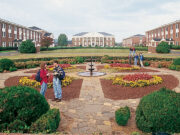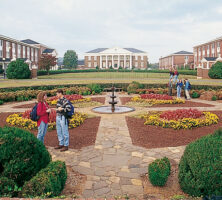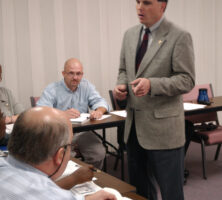Shorter University is a private liberal arts institution in Rome, with satellite campuses in Clayton County, Cobb County, and Gwinnett County. Ranked as one of the “Top 20 Southern Comprehensive Colleges” and the “Top Ten Best Buys” for 2002 and 2003 by U.S. News and World Report magazine, Shorter offers undergraduate liberal arts programs, specialized professional programs, and select graduate programs in business.
History
Founded by the Reverend Luther Rice Gwaltney and members of Rome Baptist Church in 1873, Cherokee Baptist Female College was soon renamed Shorter College in honor of Alfred and Martha Shorter, who funded the first major structures in 1877. In its early years Shorter had three departments: primary, preparatory, and collegiate. Its mission was to prepare young people for fulfilling lives of service to others and for future careers. Boys were admitted to the primary department, but the preparatory and collegiate departments were designed for young women. They studied the classics, science, music, art, and drama, and they were required to exercise daily.
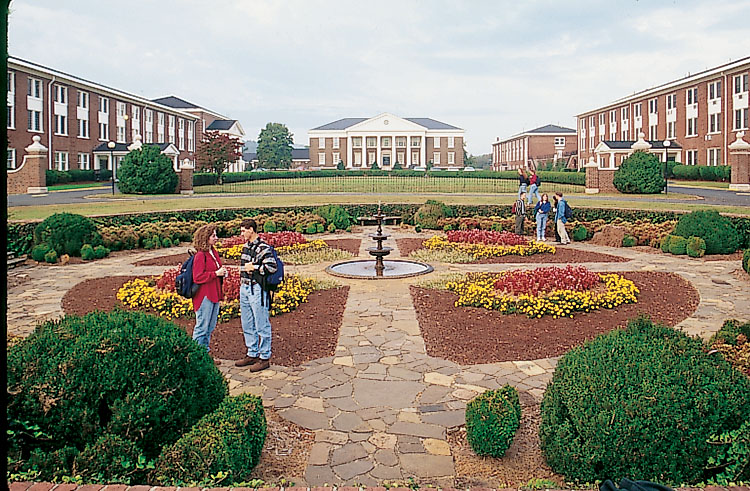
Courtesy of Shorter University
Shorter College soon outgrew its small piece of hilltop property in downtown Rome. In 1911 it entered a new era when it moved west of town to its present scenic campus overlooking the city of Rome. The vision of President Azor Van Hoose (1910-21) propelled the college in new directions. Shifting its focus solely to the undergraduate education of women, Shorter was accredited in the 1920s by the Southern Association of Colleges and Schools. Already noted regionally for its graduates in music, Shorter in 1934 became a member of the National Association of Schools of Music.
The financial hardships of the Great Depression affected college enrollment and required a reassessment of its mission. Continuing to focus on lifelong learning, spiritual values, and responsible citizenship, Shorter began admitting male students in the 1950s. Although highly controversial at first, coeducation was accepted quickly by the women students. Athletic teams, fraternities, and other new programs designed for men added to the activities “on the Hill,” as the 150-acre Rome campus is called.
During the presidency of Randall Minor (1958-82), the college became affiliated with the Georgia Baptist Convention. This step recognized the Baptist heritage of the college and secured needed funding. The student population continued to be predominantly white and Christian, as it had been since 1873. However, in the Minor years, students of other races, faiths, and a wide variety of nationalities brought cultural diversity to the Hill.
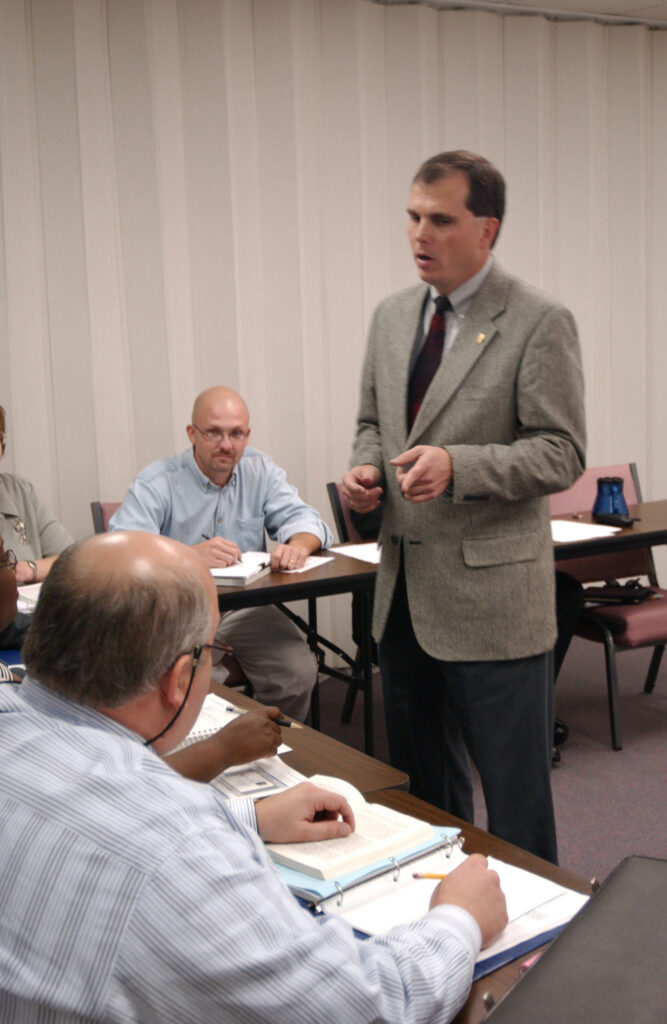
Courtesy of Shorter University
In the early 1990s Shorter established the School of Professional Programs for the education of working adults in the business field. Thus the college moved in a new direction with offerings in a nontraditional evening and weekend format at sites around Atlanta and eventually in Rome. The Hugh Davis Center for Ministry Education followed. Enrollment in the professional programs was approximately 1,900 in 2009, with more than 300 students working toward a master’s degree.
In 2010 the business school was named the Robert H. Ledbetter College of Business and moved to a new 30,250-square-foot facility. That same year, under the direction of President Harold E. Newman, the college became Shorter University.
Current Profile
Shorter is committed to “enabling and encouraging student commitment to active life-long learning, personal spiritual values, responsible citizenship, and community and societal leadership in a global context.” After a corporate restructuring in April 2003, the Georgia Baptist Convention no longer elects trustees for Shorter, but the university remains committed to its Baptist heritage and to “integrating Christian values within a nurturing community,” as its mission states.
Enrollment in the traditional program on the Rome campus was approximately 1,200 students in 2009. This program excels in fine arts, with award-winning student performances in music and theater. The largest department is education, signifying that training future teachers is a special mission of the college. The School of Sciences and Mathematics boasts that its admission rate into medical schools is among the best in the region, if not the nation. The presence of international students and opportunities for travel abroad bring new perspectives for traditional liberal arts students, 80 percent of whom were white and 50 percent female in 2009. The average student-teacher ratio in the traditional program is eleven to one, and nearly 74 percent of Shorter faculty members hold the terminal degree in their fields.


